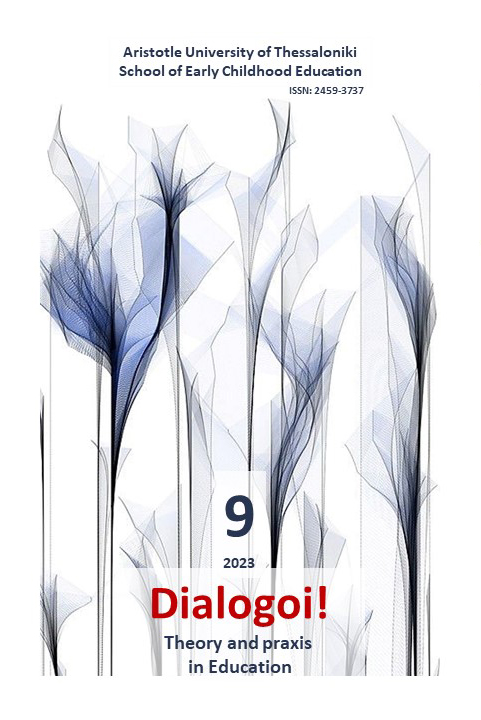Mobile augmented reality app for children with autism spectrum disorder to enrich vocabulary

Abstract
This article is about the use of technology of Augmented Reality (AR) in the field of special education and more specifically tries to enrich vocabulary of children with Autism Spectrum Disorder (ASD). In particular, this work aims to design and develop an educational app “Cardword”, which can be used in the future in the educational process. In order to examine the effectiveness of the application “Cardword”, after using and interacting with the AR application that was designed, the participants replied to personal semi-structed interviews and completed a written, structured questionnaire, which aimed to examine the usability of the application. The app was tested by 3 special users-educators and by 8 preschool children with ASD. The application “Cardword” was created according to the design principles of constructivism and based on the usability heuristics by Nielsen (1993). The analysis of the data showed that the application “Cardword” can help children with ASD to enrich their vocabulary and can be considered as a valuable tool to achieve that. In conclusion, the AR application has positive results in the learning process, makes the children more engaged and increases their interest in learning.
Article Details
- How to Cite
-
Κουκουνάρα Μ., & Χατζηνικολάου Κ. (2023). Mobile augmented reality app for children with autism spectrum disorder to enrich vocabulary. Dialogoi! Theory and Praxis in Education, 9, 199–226. https://doi.org/10.12681/dial.33934
- Issue
- Vol. 9 (2023)
- Section
- New researchers

This work is licensed under a Creative Commons Attribution-NonCommercial-ShareAlike 4.0 International License.
Authors who publish with this journal agree to the following terms:
- Authors retain copyright and grant the journal right of first publication with the work simultaneously licensed under a Creative Commons Attribution Non-Commercial License that allows others to share the work with an acknowledgement of the work's authorship and initial publication in this journal.
- Authors are able to enter into separate, additional contractual arrangements for the non-exclusive distribution of the journal's published version of the work (e.g. post it to an institutional repository or publish it in a book), with an acknowledgement of its initial publication in this journal.
- Authors are permitted and encouraged to post their work online (preferably in institutional repositories or on their website) prior to and during the submission process, as it can lead to productive exchanges, as well as earlier and greater citation of published work (See The Effect of Open Access).


